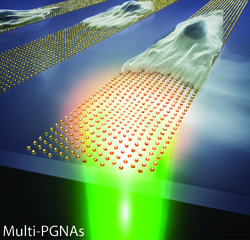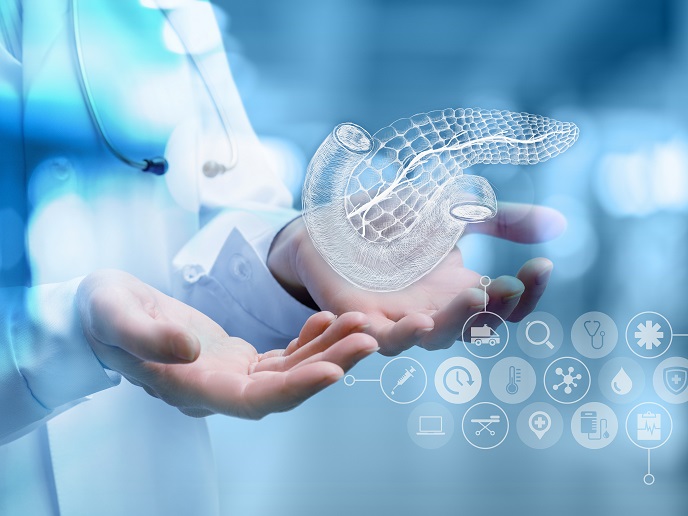Exploiting gold particles for cell manipulation
The expanding field of nanoscience continuously provides innovative solutions through the use of particles from 1 to 100 nanometres in size. The ability of gold to strongly absorb laser radiation and convert it into heat renders gold nanoparticles an ideal tool for a variety of biological applications. This property has been exploited with nanoparticles in suspension for selectively destroying cancer cells and for the molecular dissociation of DNA strands. The EU-funded ‘Multifunctional photothermal gold nanoarrays for cellular manipulation’ (MULTI-PGNAS) project aimed to utilise this technology by developing light-sensitive substrates for the in vitro manipulation of adhesive cells. For this purpose, gold nanoparticles were arranged on glass cover slips and coated with integrin binding peptides, which serve as cellular adhesive sites that mimic in vivo conditions. Researchers employed laser power to tune the released thermal energy so they could control cell migration over cell death. Importantly, the published study (ACS Nano, 2012, 6 (8), p 7227–7233, DOI: 10.1021/nn302329c) shows that cells adapt their behaviour depending on local temperature. By warming up the proximity of the cell periphery local heat acts like a wall, which does not allow the cell to form new adhesive sites. By doing this, scientists were able to control the direction of cell migration and to reversibly block migration, as shown in the illustration above. MULTI-PGNAS technology holds great potential for fundamental research applications such as lab-on-chip systems and various biological devices where the release and transport of entities such as cells or biomolecules is required. The MULTI-PGNAS scientists’ next objective is to understand how to control the production of heat confined at the nanoscale, which could open up new avenues of exploitation in nanochemistry, drug release and microfluidics.







